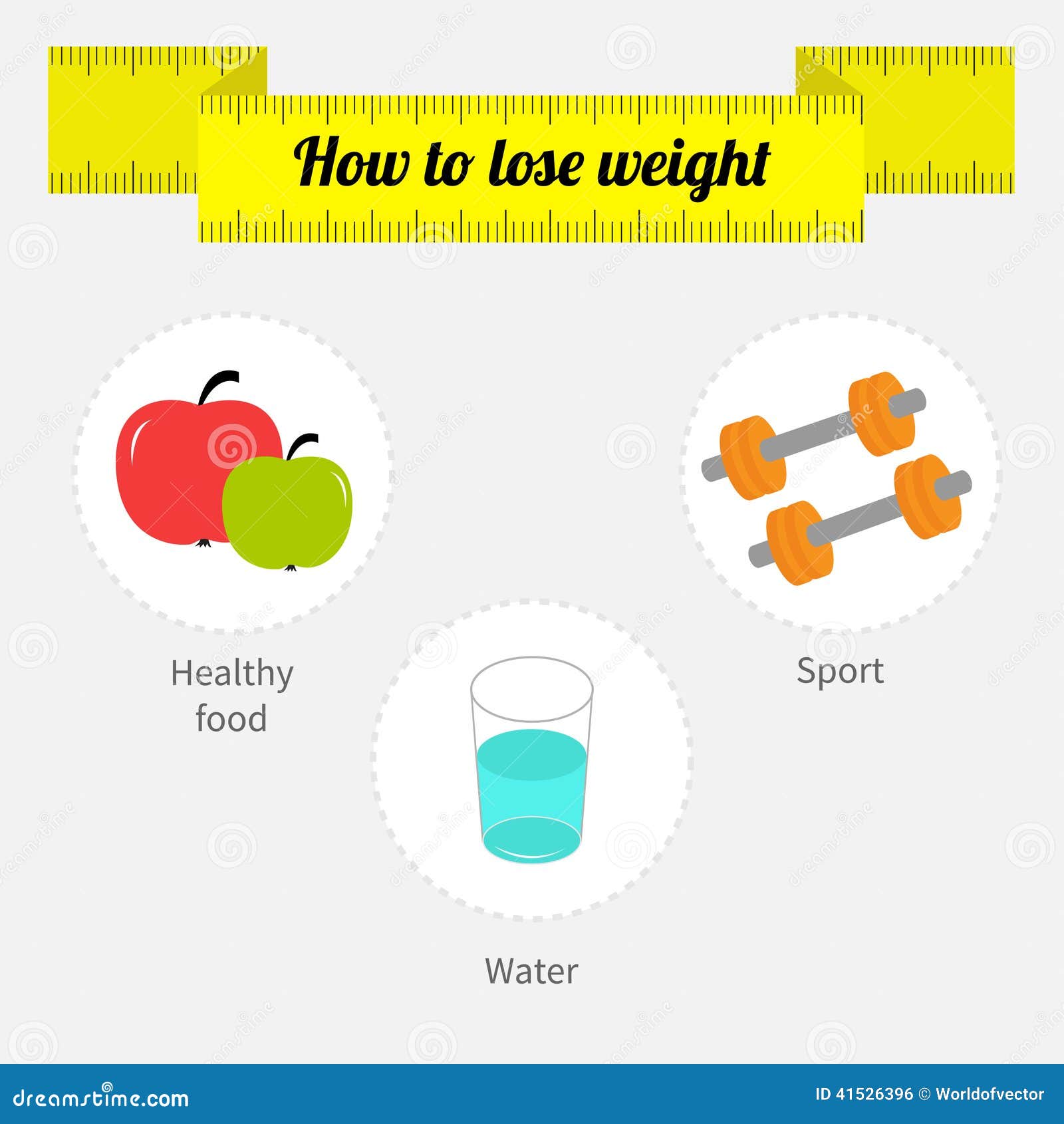Potential Side Effects Of Cold Laser Therapy For Smoking
Potential Side Effects Of Cold Laser Therapy For Smoking
Blog Article
What to Expect Throughout a Cold Laser Technique Session
Cold laser therapy is a non-invasive, pain-free therapy that helps in reducing swelling and boosts cell regeneration. It is a risk-free option to intrusive treatments and often has immediate results.
Laser photons initiate a chain reaction of chemical reactions within the cell that lower pain, swelling, and accelerate healing. It boosts blood flow to the location by inducing vasodilation.
What to Expect
Cold laser treatment is a non-invasive therapy that makes use of low-level laser light to penetrate deep into hurt tissues, triggering cell function on numerous levels to promote tissue recovery. This helps in reducing discomfort and inflammation, while advertising contraction and regeneration.
During a session, you'll sit or relax pleasantly and the practitioner will mark the locations on your body that demand to be treated. The specialist then uses a little portable tool with the laser to the location. Throughout the therapy, you might feel a slight prickling or heat in the location of your injury.
Prior to starting therapy, it is essential to clean up the area of your injury and eliminate any type of fashion jewelry or various other objects that can hinder of the laser's course. It's additionally essential to avoid any type of flammable materials that could be in the area of the laser beam. This will ensure your safety and the performance of the treatment.
Preparation
Cold laser therapy works by shining light on the surface of your skin. The light is soaked up by the leading layer of your skin and afterwards boosts the cells to create energy that promotes healing.
Throughout the therapy, you may really feel a cozy or prickling experience in the location that is being treated. This is completely normal, though you should let the practitioner understand if the sensation is uncomfortable or as well solid.
This therapy has a lot of assurance for aiding individuals with distressing brain injury (TBI). The therapy is non-invasive and does not have any type of negative adverse effects. However, even more study is required to identify the ideal treatment protocol. The best means to discover if you are a candidate for this kind of therapy is to talk to a skilled physiotherapist. They will certainly have the ability to aid you determine if cold laser therapy is right for you.
The Therapy
Once the specialist has actually properly positioned you for treatment, they will then place the cool laser tool on the damaged location. They might maintain it on for 30 secs or longer, depending upon the size of the injury and its sensitivity. They will utilize protective goggles to ensure that the laser does not directly strike the eyes, and they will certainly see to it that you are protected from any glow that can happen.
You may feel a small tingling experience on the location that is being dealt with, however it will certainly not be undesirable or agonizing. This is an indication that the laser is working to stimulate the healing procedure in the influenced cells.
A lot of individuals experience pain relief within a few sessions, with some seeing long lasting results also after a number of months of treatments. It is important to note that LLLT is not suggested as a single treatment for any kind of persistent pain problem and it need to be coupled with other therapeutic methods in order to low light laser therapy achieve maximum outcomes.
Post-Treatment
After you lie down or rest, the practitioner will make use of a wand with a collection of light-emitting diodes to target your pain site. You will put on safety eye goggles, and the laser might be held on your skin for 30 to one minute. You may really feel a gentle, calming sensation during the therapy.
The photons from the laser pass through deep into your cells, causing a healing action on a cellular level. Unlike various other forms of laser treatment, this low-intensity approach does not develop heat.
Some research studies have actually revealed that cold laser therapy works in dealing with a number of conditions, including persistent discomfort and injuries. However, it is less extensively accepted as a conventional clinical technique, and it isn't covered by many medical insurance strategies. Furthermore, it is not suggested to be used over any dubious malignant sores or carcinomas or on pregnant women. You need to constantly talk to your oncologist before pursuing this kind of therapy.